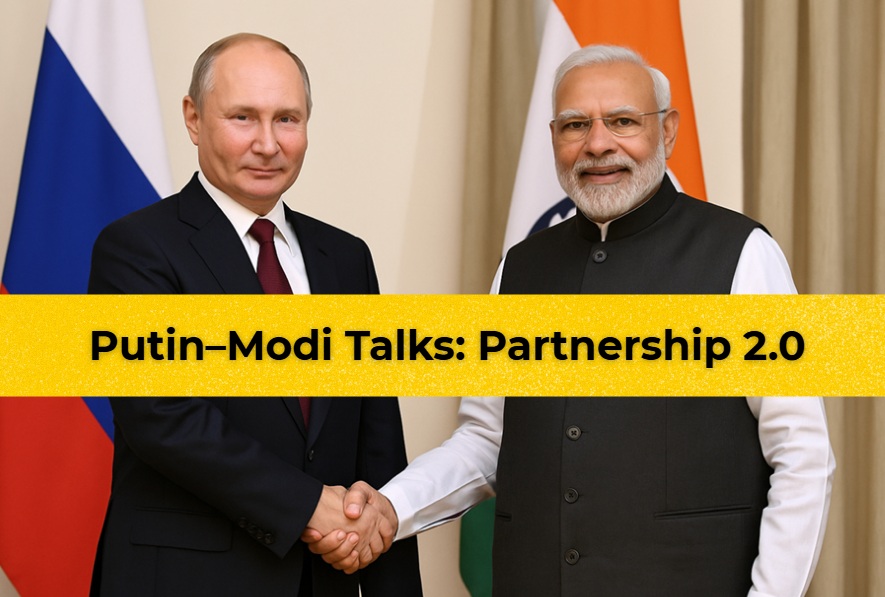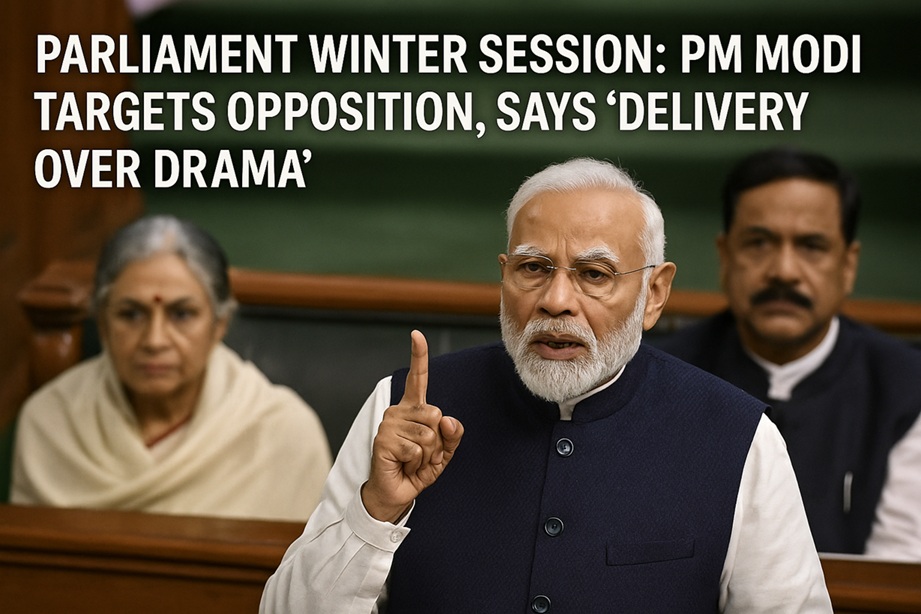Launch of Operation Sindoor’
A little while ago, the Indian Armed Forces launched ‘Operation Sindoor’ , targeting terrorist infrastructure in Pakistan and Pakistan-occupied Jammu and Kashmir (PoJK) from where recent attacks against India have been planned and directed.
Key Details:
Nine (9) sites have been precisely targeted.
No Pakistani military facilities ️ were hit, ensuring the operation remained focused, measured, and non-escalatory ⚖️.
India has shown considerable restraint in selecting targets and execution methods, avoiding civilian harm and unnecessary escalation ️.
The government is expected to provide a detailed briefing on Operation Sindoor later today .
Again On May 7, India is set to conduct its largest civil defence mock drill — spanning 244 districts across the country. This nationwide exercise comes in the wake of the deadly Pahalgam attack, which claimed 26 lives and once again inflamed Indo-Pak tensions. For the first time since the 1971 war, India is not only reinforcing border security but also actively involving civilians in what appear to be preparatory drills for a wartime scenario.
While the government maintains this is a precautionary exercise, many see it as a strategic warning to Pakistan—and perhaps, to the world.
What Will Happen on May 7?
The Union Home Ministry has issued specific instructions:
Air Raid Sirens will sound in hundreds of districts.
Blackout Rehearsals will be conducted—homes may experience power outages.
Firefighting and Rescue Operations will be practiced at the local level.
War-time Civilian Safety Training will be imparted, including how to react during bombings or aerial attacks.
Paramilitary forces, local police, disaster management units, and medical teams will be on alert.
These actions may resemble scenes from a wartime movie, but they reflect real preparedness strategies reminiscent of the Cold War era or World War II.
The Geopolitical Context: After Pahalgam
India has been on high alert ever since the Pahalgam terror attack, believed to have been supported by elements across the Pakistan border. In response:
Border security was significantly tightened, especially across Jammu & Kashmir, Rajasthan, Punjab, and Gujarat.
A NOTAM (Notice to Airmen) was issued by India—blocking civilian air traffic over key border regions.
Military exercises near the Pakistan border have been intensified.
These are not merely symbolic steps. NOTAMs, for instance, are often precursors to air force activity or missile testing—and suggest real-time engagement scenarios.
Is India Preparing for War?
While the Indian government has not explicitly stated that military retaliation is imminent, a pattern is emerging:
Diplomatic isolation of Pakistan – India has suspended several bilateral agreements, downgraded diplomatic relations, and halted trade.
Global engagement – Over 14 global leaders have spoken to PM Modi since the Pahalgam incident, including U.S. and Russian Presidents, signaling international awareness.
Military readiness – India’s Army, Navy, and Air Force are reportedly on high alert.
Civilian mobilization – A rare move, this mock drill suggests India is preparing not just its armed forces but its citizens.
This multipronged approach suggests that India is building the psychological, diplomatic, and infrastructural groundwork for decisive action—if not actual war.
Why Is This Mock Drill So Significant?
First time since 1971 such a drill is being held on a national scale.
Civil defence has often been neglected in India’s public discourse; this puts it back in focus.
It underscores the importance of nationwide readiness—not just for war, but also for other emergencies like natural disasters or terror attacks.
It sends a clear message to Pakistan: India is united, aware, and prepared.
The Pakistan Angle: Internal Chaos, External Provocation
While India fortifies itself, Pakistan seems to be grappling with internal disorder:
Civil unrest in Balochistan and Khyber Pakhtunkhwa is growing.
There are reports of ministers evacuating their families amidst war fears.
China’s silence at the UN Security Council meeting sent shockwaves through Islamabad.
Pakistan’s diplomatic isolation is deepening, with even traditional allies maintaining distance.
Adding fuel to fire, Pakistan’s foreign minister made reckless nuclear threats, further proving its instability on the global stage.
Public Involvement: A Strategic Masterstroke?
By including every village and city in the civil defence drill, PM Modi is creating a national movement:
Psychological solidarity: A visible show of unity across India boosts morale among troops and citizens.
Political signaling: It tells the world that India is not a passive victim but a proactive power.
Preparedness culture: It reintroduces basic survival knowledge that has long been forgotten.
In a democracy, public readiness is as important as military readiness, and this move bridges that gap effectively.
A Turning Point in Indo-Pak Dynamics?
The May 7 mock drill might be seen as a technical exercise on the surface, but in reality, it marks a watershed moment in India’s strategic posture. It blends national security with citizen awareness, diplomacy with deterrence, and caution with resolve.
Whether war follows or not, one thing is clear: India is done waiting. The era of dossiers and diplomatic restraint is giving way to a phase of decisive national action — supported by a population that is no longer a passive observer in matters of war and peace.
India’s message is clear: Cross-border terrorism will be met with a firm, responsible, and proportionate response.
#pahalgamattack #civildefencedrill #indiapakistantensions #nationalsecurity #disastermanagement #indiapakistantension #mockdrill #airraidsiren #asimmunir #shehbazsharif #amitshah #ajitdoval #defanceupdates #emergencypreparedness





